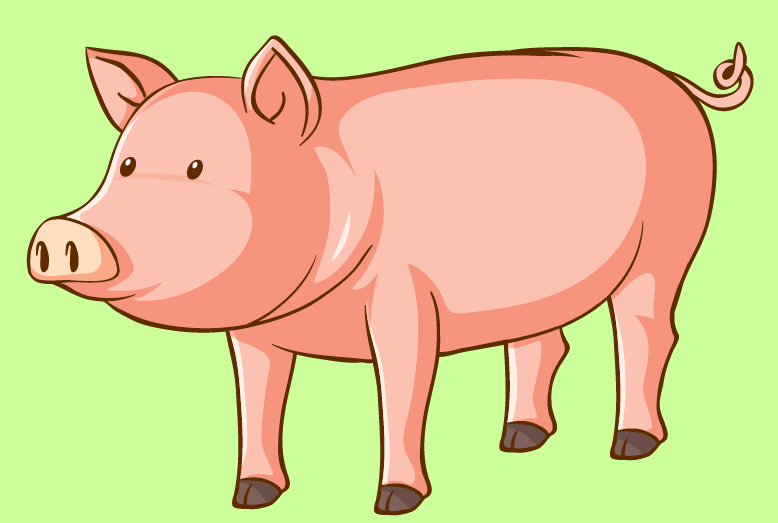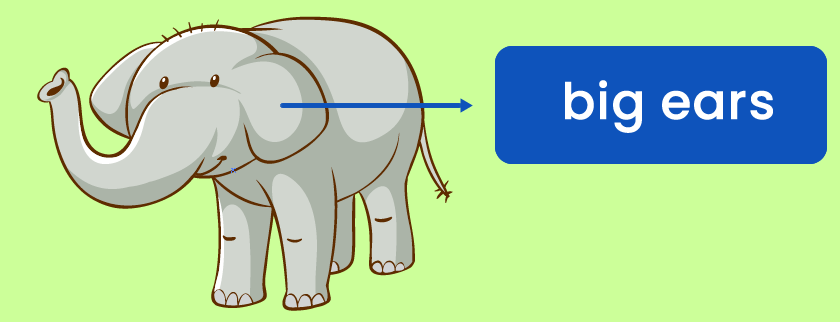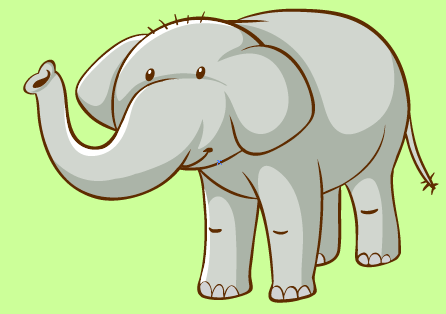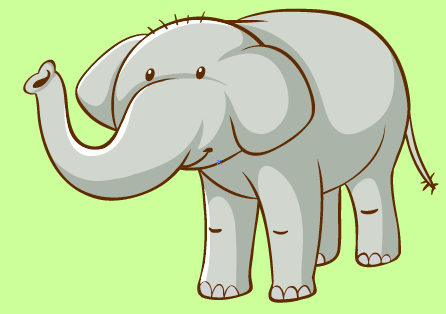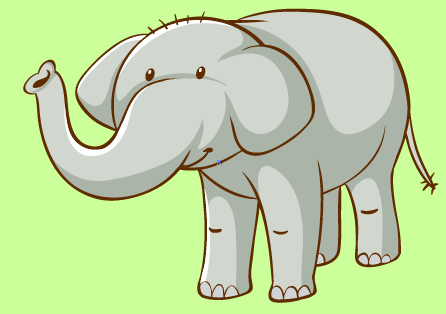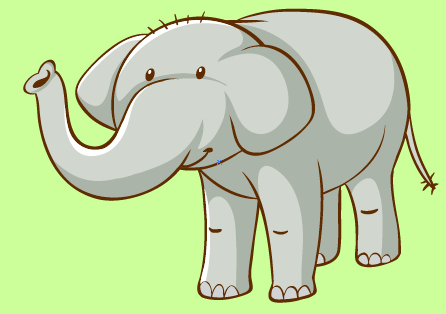
1- Reading comprehension
1.1- Short conversations
Read the following short conversations about animals.
Conversation 1:
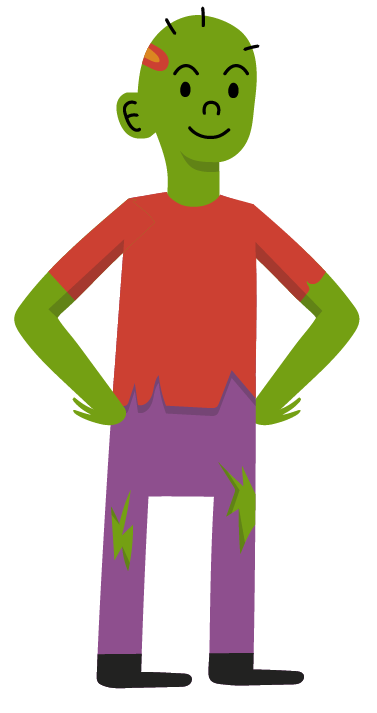 What’s your favourite animal, Frankie?
What’s your favourite animal, Frankie?
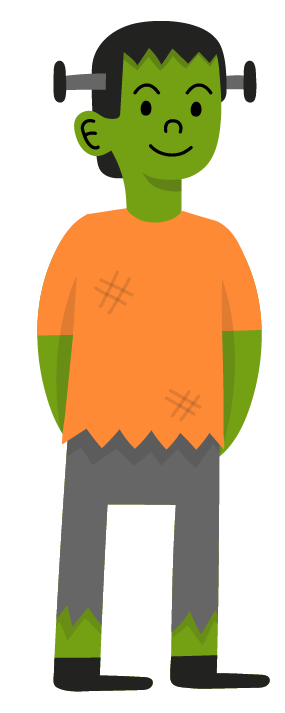 My favourite animal is the dog.
My favourite animal is the dog.
 What colour is it?
What colour is it?
 My dog is white and brown. Look!
My dog is white and brown. Look! 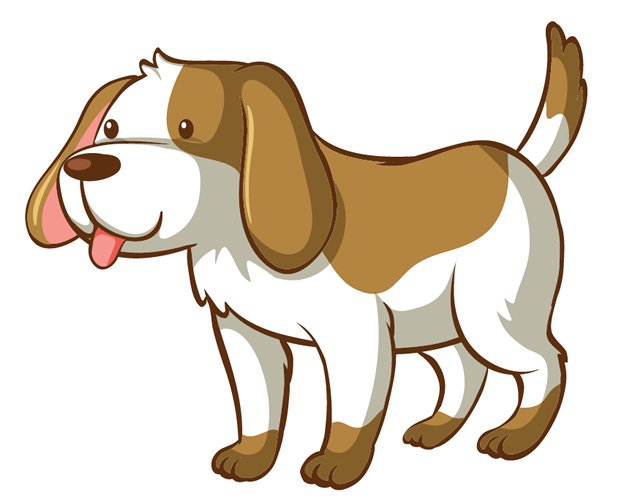
 Does it have a long tail?
Does it have a long tail?
 No, it doesn’t. Its tail is not long. Look!
No, it doesn’t. Its tail is not long. Look! 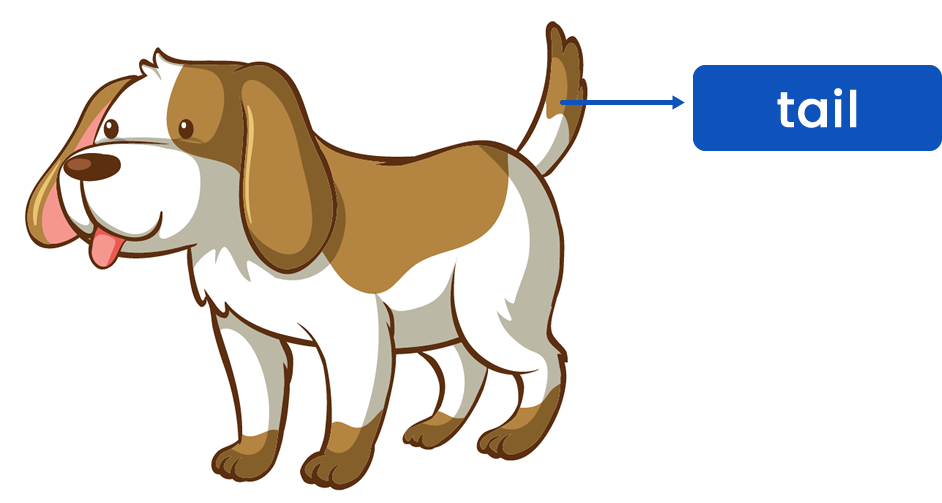
 It’s beautiful. I like
It’s beautiful. I like  your dog!
your dog!
Conversation 2:
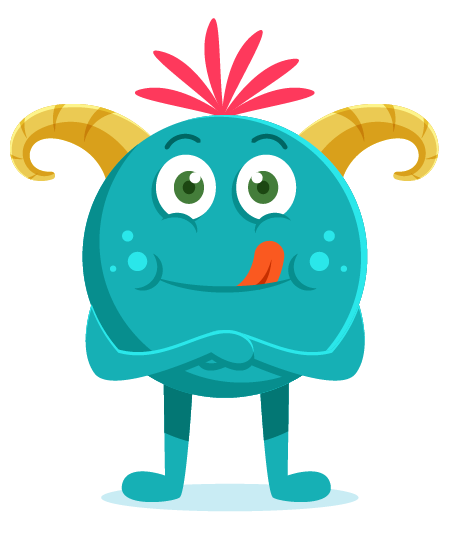 What’s your favourite animal, Sasha?
What’s your favourite animal, Sasha?
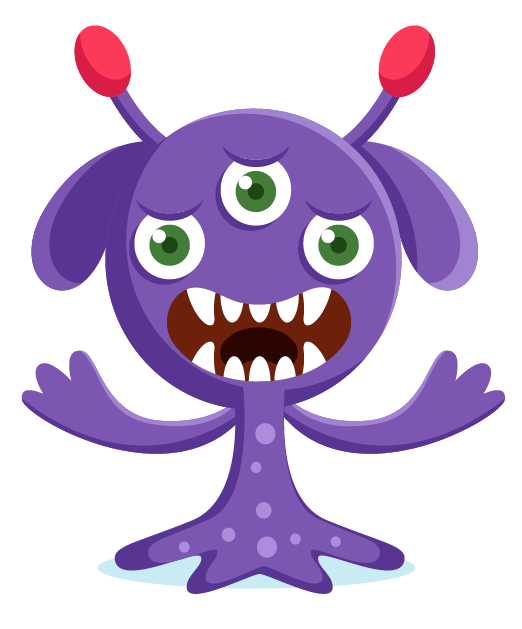 My favourite animal is the rabbit.
My favourite animal is the rabbit.
 Is it big or small?
Is it big or small?
 It is small.
It is small.
 Does it have a long tail?
Does it have a long tail?
 No, it doesn’t. It has a short tail. Look!
No, it doesn’t. It has a short tail. Look! 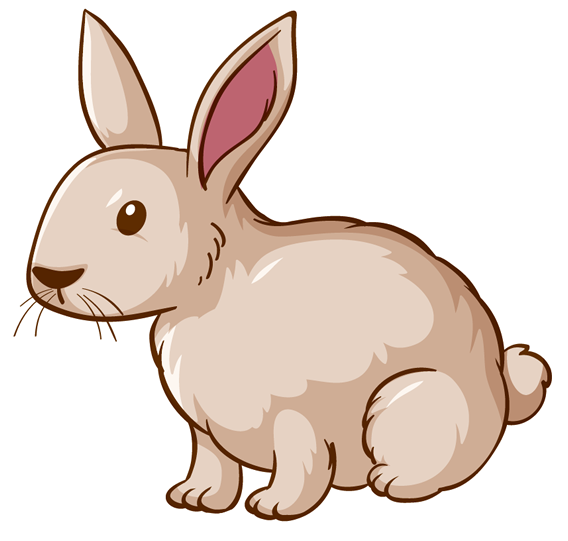
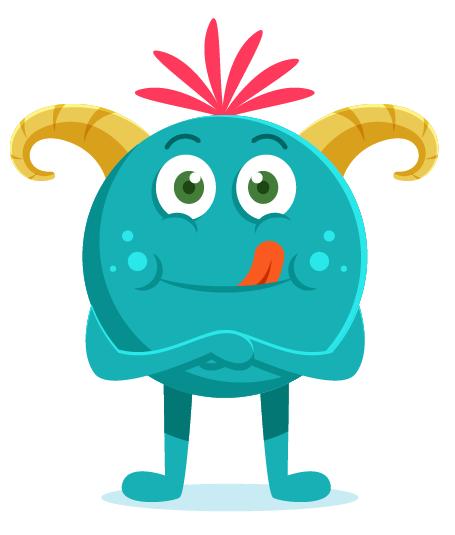 Nice rabbit!
Nice rabbit! 
Conversation 3:
 What’s your favourite animal Sporty?
What’s your favourite animal Sporty?
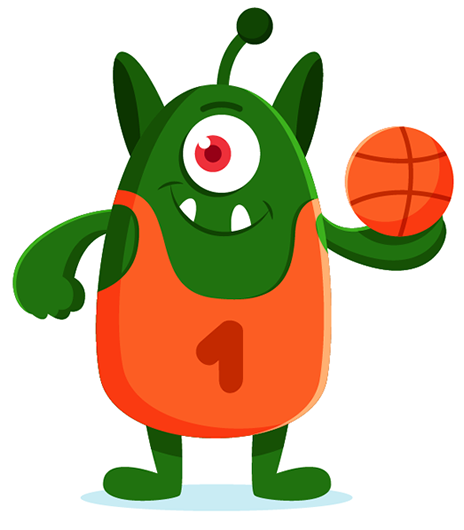 My favourite animal is the giraffe?
My favourite animal is the giraffe?
 Does it have a long neck?
Does it have a long neck?
 Yes, it does. Giraffes are tall and they have long necks. Look!
Yes, it does. Giraffes are tall and they have long necks. Look!
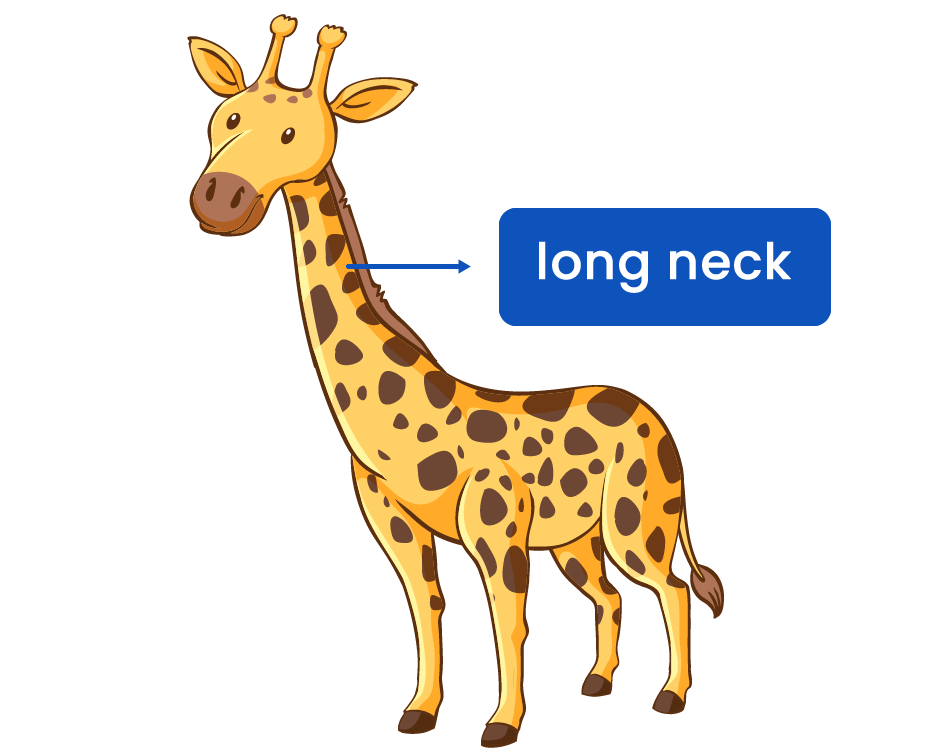
 Wow! Cool or what?
Wow! Cool or what?
1.2- Checking comprehension 1
Match the animals with the correct monster.
| 1 | 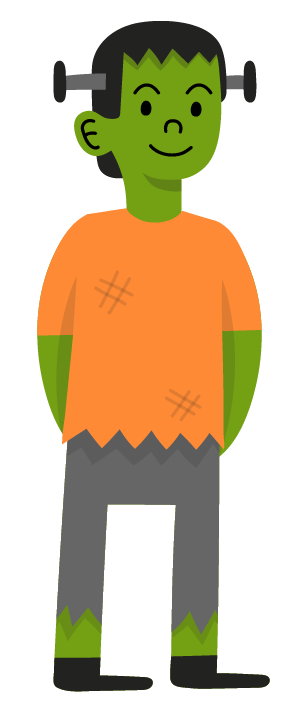 |
A | 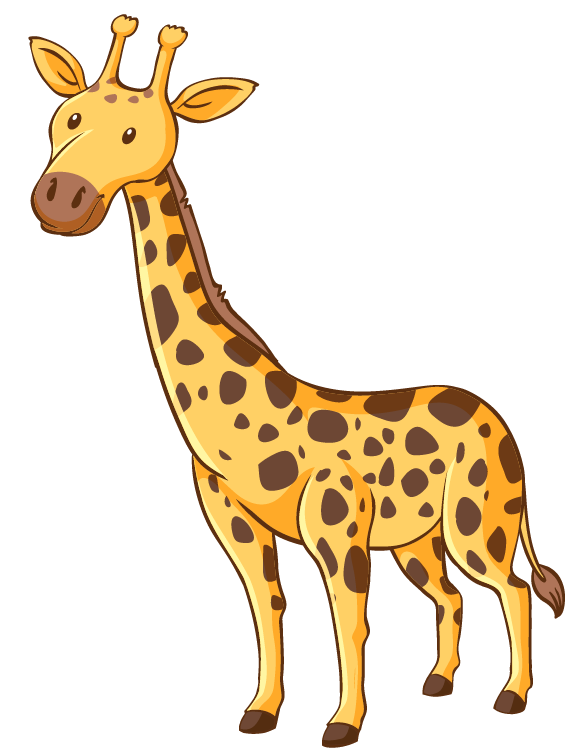 |
| 2 | 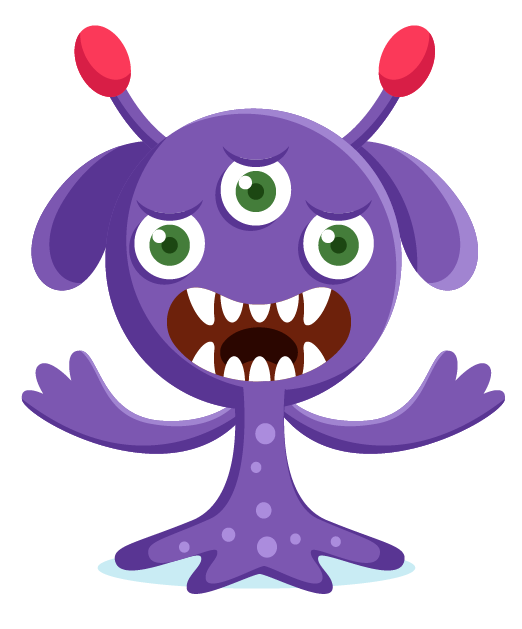 |
B | 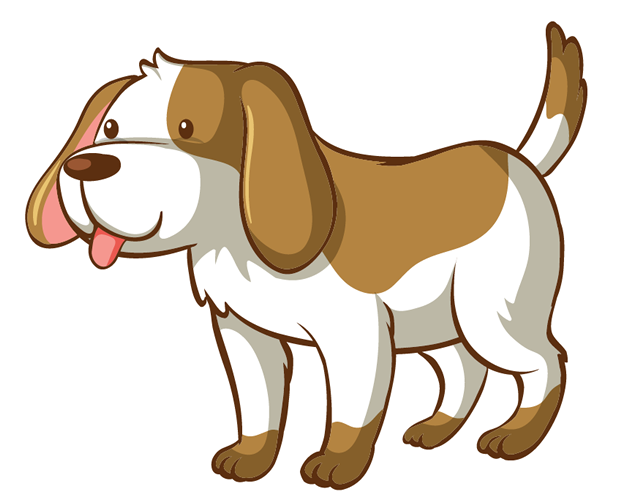 |
| 3 | 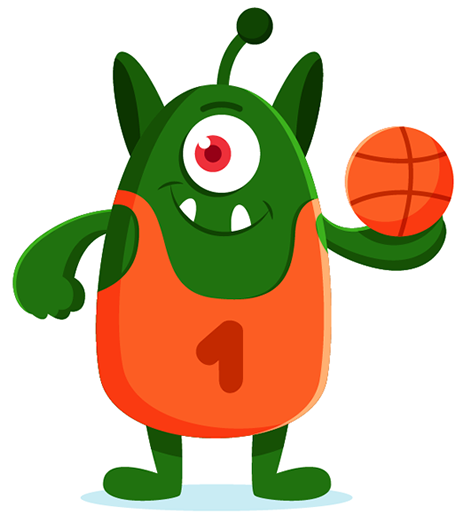 |
C |  |

Solution:
Please try to match the monsters with their favourite animal on your own. Then you can have a look at the answers below.

1.3- Checking comprehension 2
Match the animals with the correct description.
| 1 | 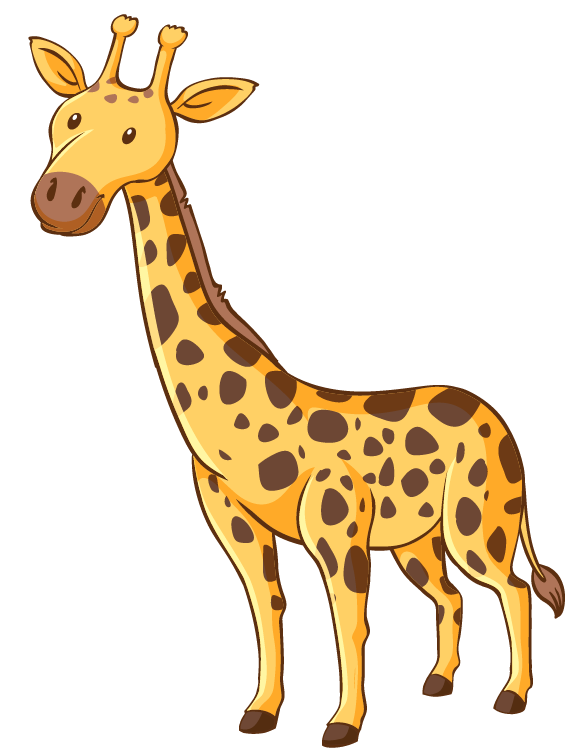 |
A | It is brown and white. Its tail is not long and it’s not short. |
| 2 | 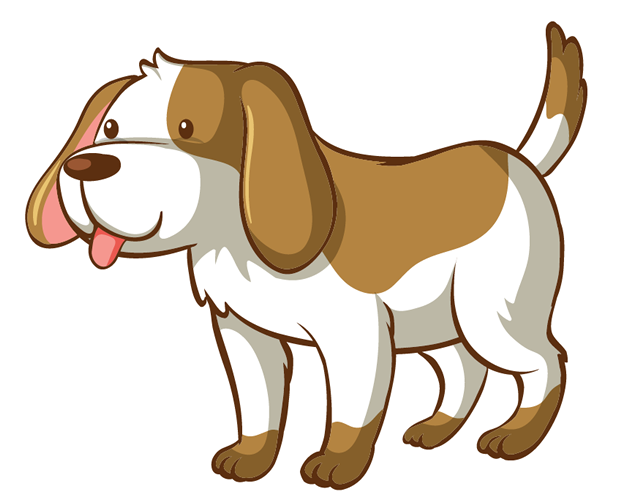 |
B | It is small. It has a small tail. |
| 3 | 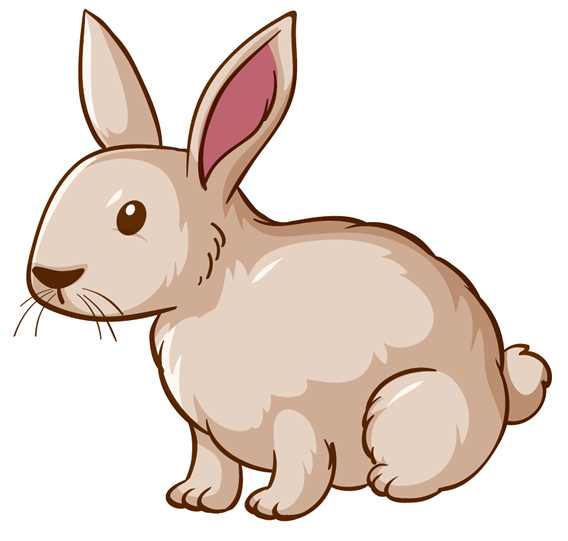 |
C | It is tall. It has a long neck. |

Solution:
Please try to join the animals with the correct description on your own. Then you can have a look at the answers below.

2- Vocabulary
2.1- Parts of the body
Look at the pictures of the animals and their different parts of the body.
 Look at the parrot.
Look at the parrot.
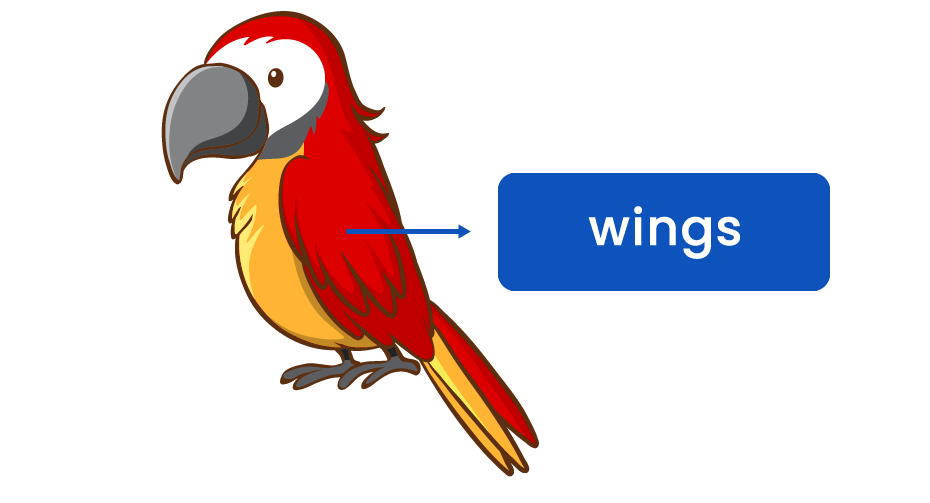
Parrots have wings.
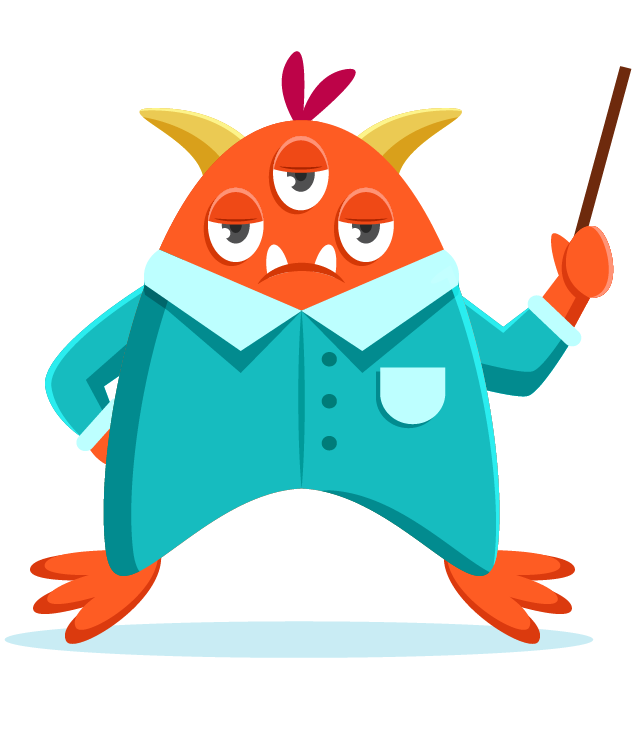 A dog has four legs. Look!
A dog has four legs. Look!
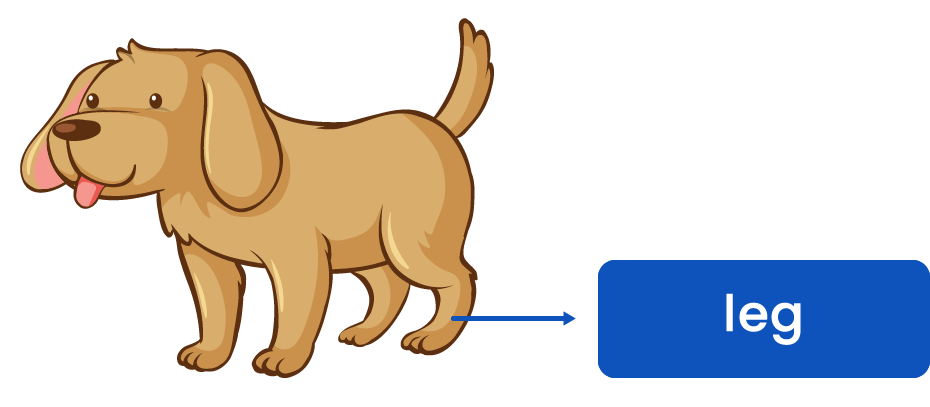
Dogs can run, swim and jump.
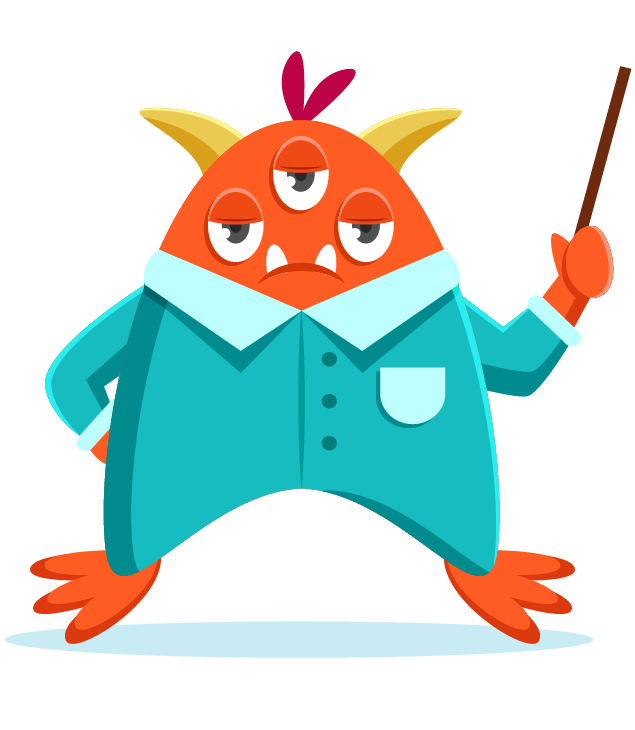 Fish do not have legs. Look!
Fish do not have legs. Look!
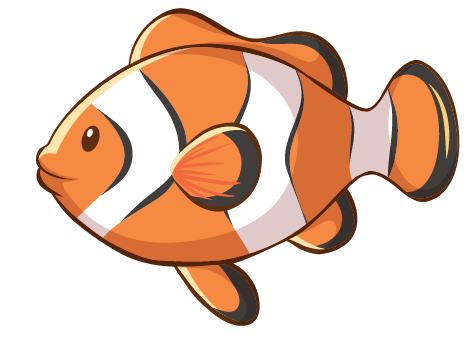
Fish can swim but they can’t run because they don’t have legs.
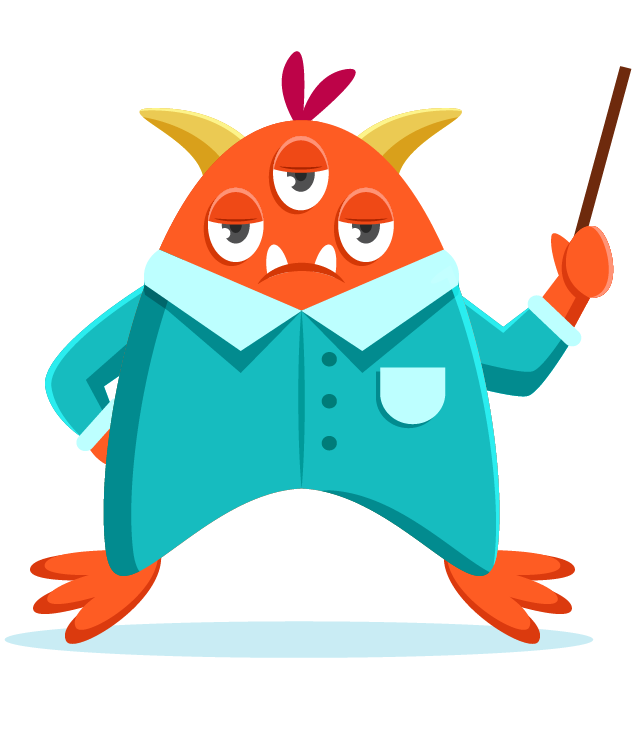 Giraffes have long necks and small ears.
Giraffes have long necks and small ears.
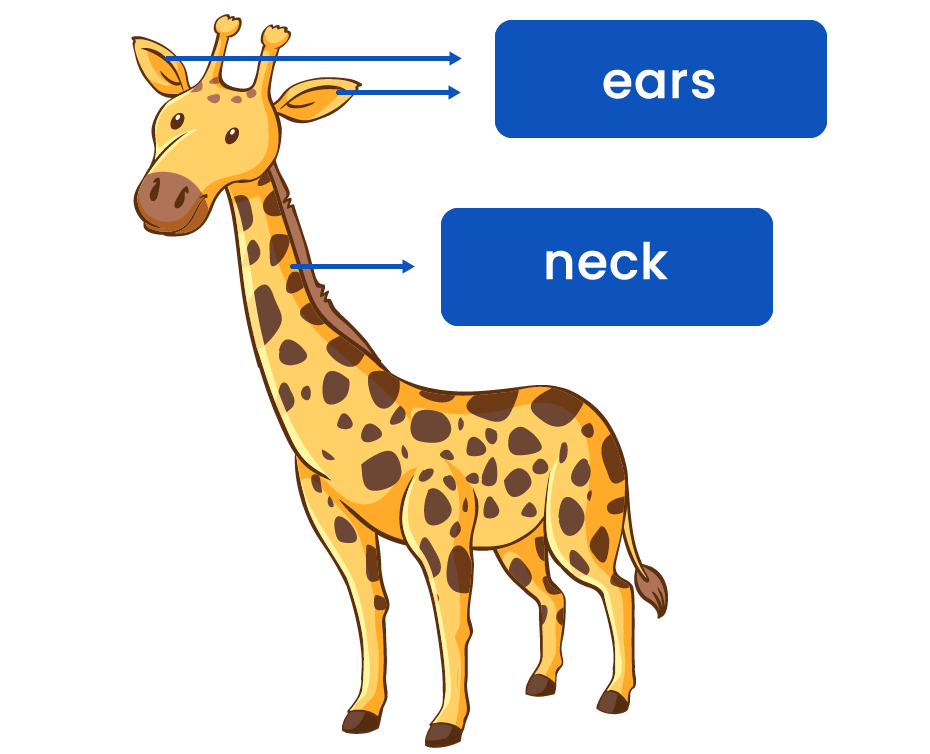
|
Remember! We use adjectives “big, small, long, short” to describe an object, an animal, etc. Example:
Pigs have a small tail. |
2.2- Game
Read the description and guess the animal.
3- Grammar
3.1- Expressing possession
We use “have” or “has” to express possession.
Structure:
|
Affirmative form Plural: Animals + have Singular: Animal + has Examples:
Lizards have long tails.
The elephant has very big ears.
|
|
Interrogative form Plural: Do + Animals + have Singular: Does + Animal + have Examples:
Do lizards have four legs?
Does the elephant have short legs?
|
|
Answering questions – Short answers – It or they? We write the name of the animal when we make a question. We answer using “they” when we talk about two or more animals (plural) or “it” when we talk about only one animal (singular) instead of the name of the animal. |
|
| Plural: Do Animals + have Yes, they do. No, they don’t. Examples: Do lizards have long tails?
Yes, they do. Do lizards have short tails?
No, they don’t. |
Singular: Does the animal + have Yes, the animal does. No, the animal doesn’t. Does the elephant have big ears?
Yes, it does. Does the elephant have short legs?
No, it doesn’t.
|
|
Negative form Plural: Animals+ do not (don’t) have Singular: Animal + does not (doesn’t) have Examples:
Lizards do not have short tails.
|
3.2- Game
Choose the correct option to help Max get to his destination.
